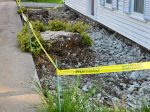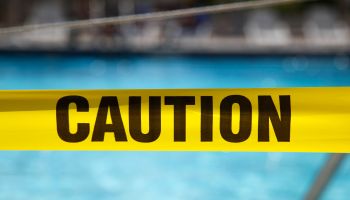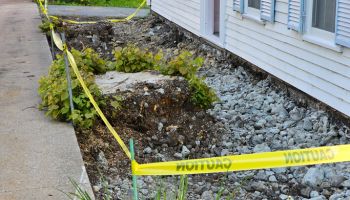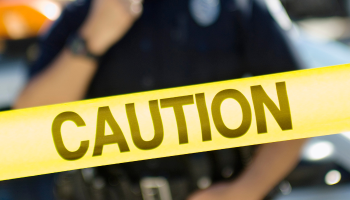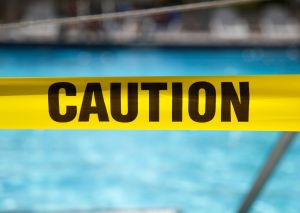
Source: Tom Hahn / Getty
Food Safety
Do not eat any food that came in contact with floodwater.
Cleaning and Sanitizing Your Home
When rain or floodwaters get into your home, take steps to prevent mold growth. First, wash surfaces with soap and warm clean water to remove dirt and debris. Next, sanitize surfaces with household bleach. Clean it with a solution of 1 cup household liquid bleach per 5 gallons of water. Remember:
- Keep children and pets out of the affected area until cleanup has been completed.
- Remove and discard items that cannot be washed and disinfected (such as, mattresses, carpeting, carpet padding, rugs, upholstered furniture, cosmetics, stuffed animals, baby toys, pillows, foam-rubber items, books, wall coverings, and most paper products).
- Remove and discard drywall and insulation that has been contaminated with sewage or flood waters.
- Thoroughly clean all hard surfaces (such as flooring, concrete, molding, wood and metal furniture, countertops, appliances, sinks, and other plumbing fixtures) with hot water and laundry or dish detergent.
- Help the drying process by using fans, air conditioning units, and dehumidifiers.
Tetanus Shot
People seven years of age and older with puncture wounds or cuts that were exposed to flood water or dirt may be at risk for contracting tetanus. They will need a tetanus shot if they have not had one in the past 10 years. Please consult your primary care physician or your medical home. Exposure to flood water without a wound or skin injury is not a risk for tetanus.
Good Hygiene
- Practice good hygiene such as handwashing after any contact with floodwaters. Wash children’s hands frequently, especially before meals.
- Do not allow children to play in floodwater areas.
- Do not eat any food that came in contact with floodwaters.



